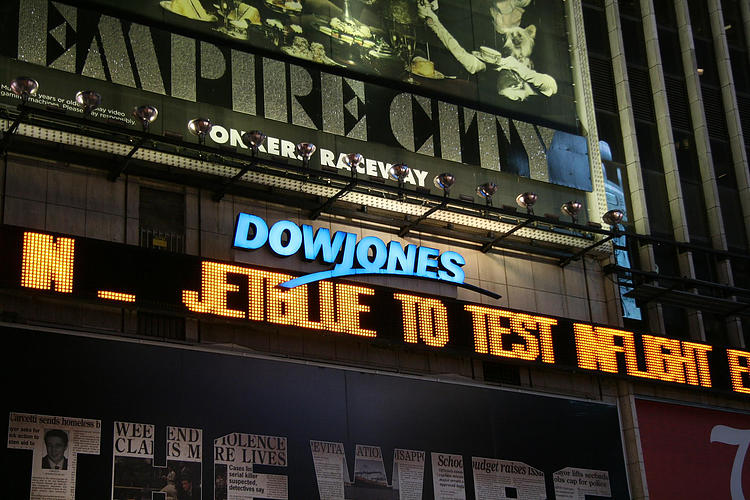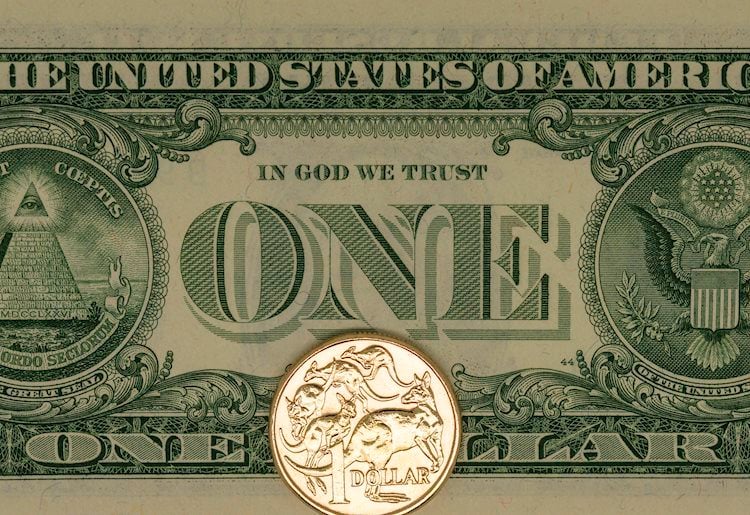The Mexican Peso extends its recovery after the release of US Core PCE data, the Fed’s preferred gauge of inflation.
The Peso was already weakening as the effects of the unwinding carry trade diminished.
Gains may be capped by continued bets that Banxico will cut interest rates in August.
The Peso gains a backlift as Trump loses his lead in opinion polls.
The Mexican Peso (MXN) extends its recovery against the US Dollar (USD) after the release of US Core Personal Consumption Expenditures (PCE) on Friday. The Federal Reserve’s preferred inflation gauge continued to show a steady easing in price pressures back towards the Fed’s 2.0% target.
Core PCE came out at 2.5% year-over-year, down from the 2.6% YoY registered in May, according to data from the US Bureau of Economic Analysis. On a monthly basis Core PCE rose 0.1% in line with expectations. The data indicates steady disinflation towards the Fed’s target and reaffirms market expectations that the US central bank will cut interest rates in September and then probably twice again before the end of the year. This weighs on the US Dollar (USD) since lower interest rates attract less foreign capital inflows.
The Mexican Peso was already declining against its most traded rivals on the back of a combination of an unwinding of the Peso-supportive “carry trade”, weaker Mexican macroeconomic data, and fears of the impact on trade with the US in the event of a former President Donald Trump’s victory at the US presidential elections in November.
At the time of writing, one US Dollar (USD) buys 18.34 Mexican Pesos, EUR/MXN trades at 19.93, and GBP/MXN at 23.61.
The Mexican Peso recovers on Friday as the factor that was pushing it lower – the unwinding of the carry trade – loses momentum. Carry trade involves investors borrowing in a currency with a low interest rate, such as the Japanese Yen (JPY), and investing in a currency with a higher interest rate, such as the Peso. However, with interest rates in Japan expected to rise after the release of higher Tokyo inflation data – and the Yen appreciating – the carry trade lost its luster. This led to the sudden unwinding of large positions built up in the Peso.
Thursday saw the Japanese Yen reverse its course, however, and begin weakening again, making the carry trade attractive once more. This capped the decline witnessed in the Mexican Peso which has steadied and recouped losses as a result.
However, the Mexican Peso’s gains are likely to be capped as investors continue expecting the Banco de México (Banxico) to lower interest rates, most probably in August. This will likely pressure the MXN since lower interest rates reduce foreign capital inflows.
Mexican 1st Half Month inflation data for July was mixed, but investors focused on the core figure which came out more or less in line with expectations and showed inflation moderating. The higher-than-expected headline inflation result was put down to temporary factors.
The divergence between core and headline inflation is something Banxico policymakers have been reiterating in their meetings, so it would have come as no surprise to investors. Despite the unexpected rise in headline inflation, it is unlikely to dissuade Banxico from cutting interest rates to stimulate moribund growth.
Another factor weakening the Mexican Peso was the fear that former US President Donald Trump would win the US presidential election. Trump’s “America First” agenda and choice of known anti-China advocate J.D. Vance as his running mate were viewed as likely to impose restrictions on trade with Mexico that could hurt the Peso.
The recent success of Democrat nominee and Vice-President Kamala Harris in opinion polls, however, suggests it will be a close race, and Trump is by no means assured a victory. The latest poll by the Saint Anselm College Survey Center, on Wednesday, for example, places Harris ahead with 50% of the vote and Trump trailing with 44%. This has taken some pressure off the Peso.
USD/MXN has retested the June 28 high at 18.60 and pulled back. It has formed a bearish Shooting Star Japanese candlestick pattern. If Friday ends as a bearish red candlestick it will add confirmatory evidence to the Shooting Star and suggest more downside in the very near-term.
Despite the bearish candlestick pattern, the trend appears to be bullish in the short term for USD/MXN, and given the “trend is your friend,” this still technically still favors bullish bets overall.
Thus, there is a risk the pair could simply recover and continue higher. A decisive break above the June 28 swing high at 18.60 will reconfirm the uptrending bias and suggest a continuation up to the next target at 19.00 (June 12 high).
A decisive break would be one accompanied by a long green candlestick that breaks cleanly above the resistance level and closes near its high or three green candlesticks that break above the level in a row.
Meanwhile, the direction of the medium and long-term trends remain in doubt.
Core Personal Consumption Expenditures – Price Index (YoY)
The Core Personal Consumption Expenditures (PCE), released by the US Bureau of Economic Analysis on a monthly basis, measures the changes in the prices of goods and services purchased by consumers in the United States (US). The PCE Price Index is also the Federal Reserve’s (Fed) preferred gauge of inflation. The YoY reading compares the prices of goods in the reference month to the same month a year earlier. The core reading excludes the so-called more volatile food and energy components to give a more accurate measurement of price pressures.” Generally, a high reading is bullish for the US Dollar (USD), while a low reading is bearish.
Last release: Fri Jul 26, 2024 12:30
Frequency: Monthly
Actual: 2.6%
Consensus: 2.5%
Previous: 2.6%
Source: US Bureau of Economic Analysis
After publishing the GDP report, the US Bureau of Economic Analysis releases the Personal Consumption Expenditures (PCE) Price Index data alongside the monthly changes in Personal Spending and Personal Income. FOMC policymakers use the annual Core PCE Price Index, which excludes volatile food and energy prices, as their primary gauge of inflation. A stronger-than-expected reading could help the USD outperform its rivals as it would hint at a possible hawkish shift in the Fed’s forward guidance and vice versa.
Share:
Feed news





